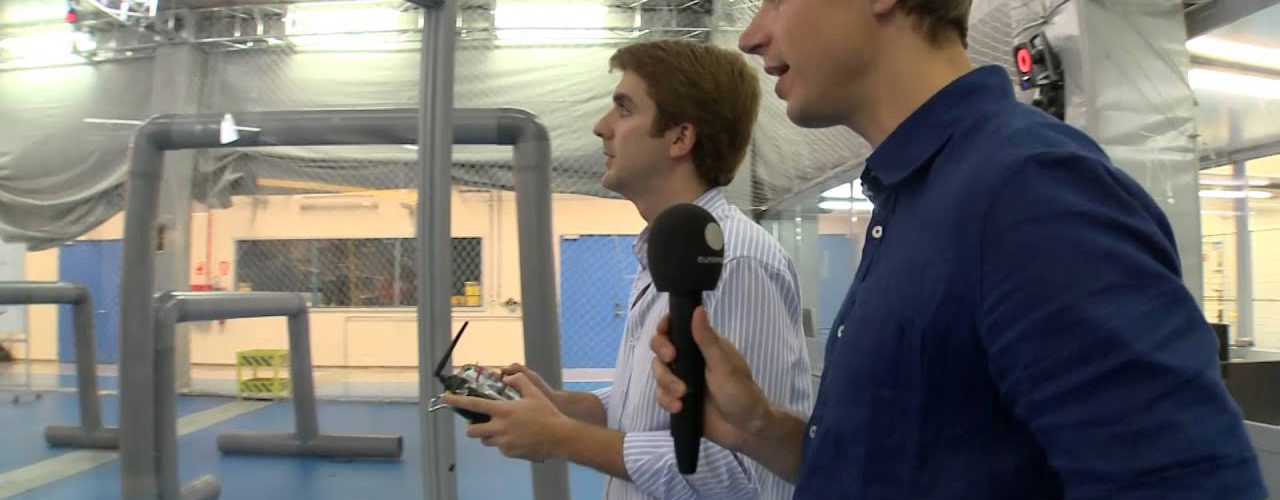Flying robots can help people out in dangerous situations. Unmanned vehicles with dexterous arms can pick up and carry objects, or build simple structures. Futuris travelled to Seville where engineers are testing this new technology.
Imagine that there’s a toxic area and something needs to be retrieved. A flying machine can be of assistance. It doesn’t need a pilot to recognise the object in order to pick it up and bring it back.
“We’ve integrated the control of the arm with the control of the aerial platform itself. It’s necessary to control both at the same time. The robot estimates its position using GPS and a video camera,”
– explains Aníbal Ollero Baturone, Professor of robotics and unmanned systems at the University of Seville.
That helps the flying machine to understand where it is exactly, and look for objects it can recognise and interact with.
“In the past number of years drones have advanced a lot. They have mainly been focusing on data-gathering – they can carry a camera and take images, and so on. And in the last three to four years, new uses related to interaction have been developed,”
– said Guillermo Heredia, Professor of Robotics and Automatic Control, School of Engineering at the University of Seville.
Flying robots capable of picking up and carrying cargo are a challenge: they need a shifting centre of gravity to counterbalance the load and a very precise and lightweight arm.
“This platform is unique in the world, because it integrates this arm with six degrees of freedom and it allows the hand to have fixed positions in space even if the robot moves,”
– said Miguel Ángel Trujillo Soto, Research engineer in avionics, FADA-CATEC.
“This system allows us to monitor what the robot sees and how it navigates in space to find and move the objects it needs,”
– Trujillo adds.
In the near future, flying machines will be able to interact with each other and bring other robots to wherever they need to go.
“Among the possible uses are industrial inspections and maintenance, the transportation of terrestrial robots in inaccessible areas, the construction of platforms to evacuate people in case of an emergency, or even space missions where they can carry out maintenance on satellites,”
– explains Aníbal Ollero Baturone, a scientific advisor at FADA-CATEC and project coordinator on the ARCAS project.





